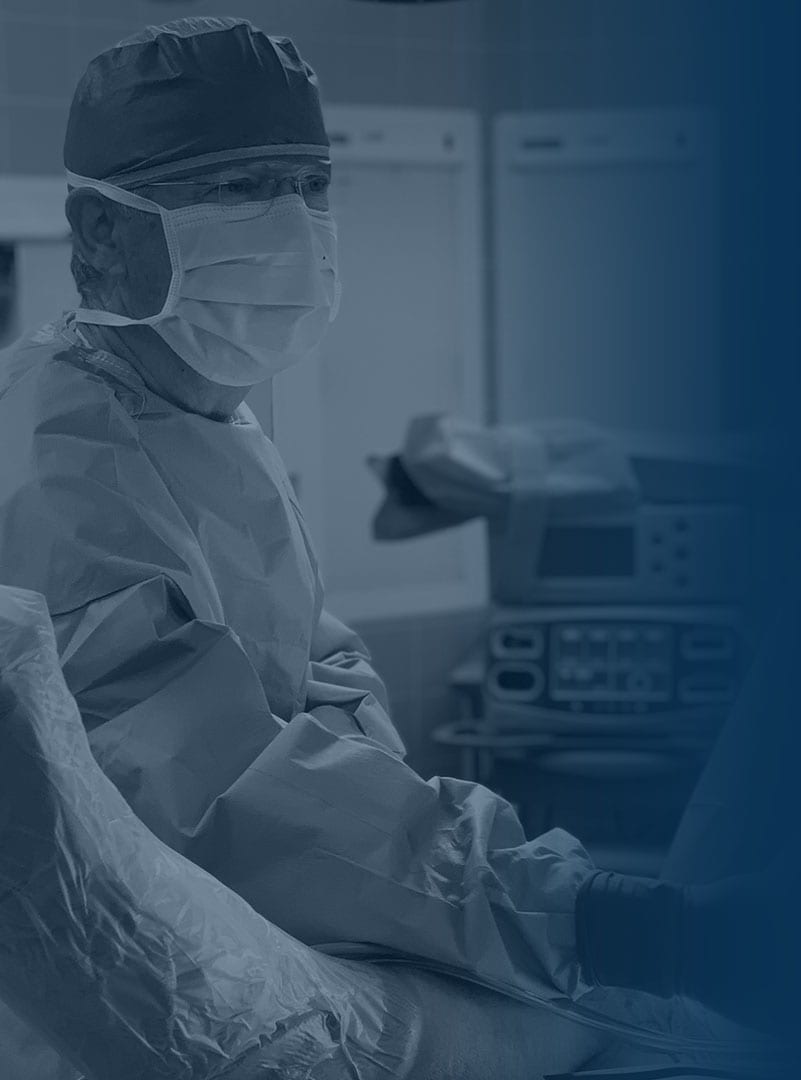Deep Pain and Instability in Your Shoulder
What is a glenoid labral tear?
The head of the upper arm bone (humeral head) rests in a shallow socket in the shoulder blade called the glenoid (socket). The head of the humerus is usually much larger than the socket, and a soft fibrous cartilage rim called the labrum surrounds the socket to help stabilize the joint. The labrum deepens the socket of the shoulder joint, making it a more secure fit for the head of the humerus. In addition, it serves as an attachment site for several ligaments. Damage to the shoulder’s labrum can be called a glenoid labral tear which is a tearing of the shoulder socket’s glenoid rim ligament.

How does it occur?
Injuries to the soft tissue rim surrounding the shoulder socket can occur from acute trauma or repetitive shoulder motion. Examples of traumatic injury include:
- Falling on an outstretched arm
- A direct blow to the shoulder
- A sudden pull, such as when trying to lift a heavy object
- A violent overhead reach, such as when trying to stop a fall or slide
- Recurrent throwing motion (i.e. tennis or baseball)
Throwing athletes or weightlifters can experience glenoid labrum tears as a result of repetitive shoulder motion. A SLAP (Superior Labrum Anterior Posterior) tear or lesion is a common injury from a fall onto an outstretched arm or excessive throwing force.
What are the symptoms?
You may feel instability of your shoulder, intermittent pain, catching, locking, clicking or grinding, and/or have a history of dislocations. Also, decreased range of motion (ROM) and loss of strength are common. Sometimes it feels as if the arm has no strength or stability, “dead arm” syndrome.
How is it diagnosed?
A good history and physical examination is performed. Physical signs of tenderness, decreased ROM, and instability may be evident. X-rays of your shoulder will be taken, but definitive tests would be a CT scan or MRI to look for soft tissue pathology.
How is it treated?
Conservative treatment with rest, physical therapy, and anti-inflammatories will be tried and, in many cases, can be successful. If symptoms continue surgical intervention may be needed. This can be done with minimally invasive arthroscopic surgery by making small incisions to go in and repair the labrum with sutures and anchors. This is done as same day surgery; patients rarely stay overnight. The procedure itself takes about 30 minutes with an average time in the ambulatory surgery center of 5 hours total. It is not a painful operation, and the success rate is very high.

What is the recovery time?
Recovery varies based on the extent of the condition and the individual patient’s healing process. You will wear a sling for 24 hours and start doing simple exercises at home once it is removed. We will instruct you on Phase I home exercises to be done three times a day for 2 weeks. You will be advanced to Phase 2 exercises at you 2-week follow-up appointment. We may advise you to start outpatient physical therapy at this time, however, most of our patients are able to have a full recovery with the home exercise program developed by Dr. Bramlett. The next day, you may resume light duty work. Limit overhead activity for the next few weeks. Activity is progressively advanced with a full recovery to normal activities in 3 months. Athletes can usually begin doing sport-specific exercises 12 weeks after surgery, although it will be 4-6 months before the shoulder is fully healed. The longer you delay surgery, the greater the injury extension may occur, so it is best to get this treated when it initially presents.
We are here to help. If you believe you are suffering from one of these conditions, we would love to deliver a diagnosis, get you treated and get you moving again.


